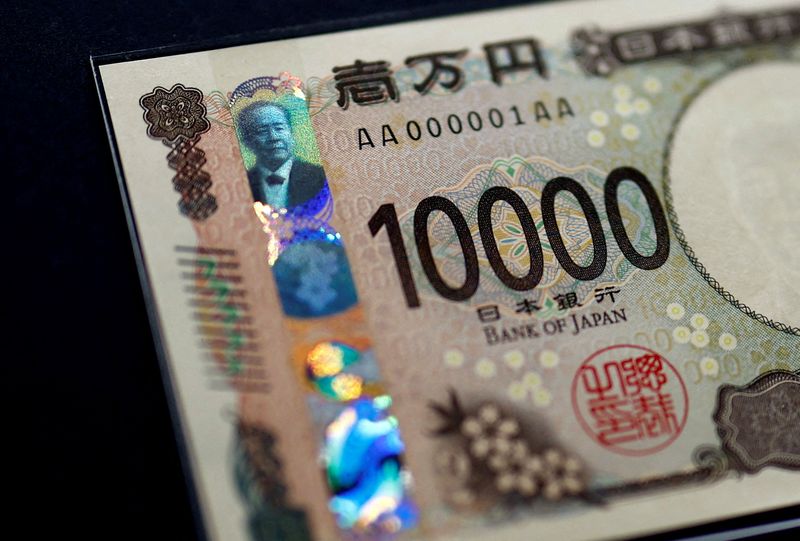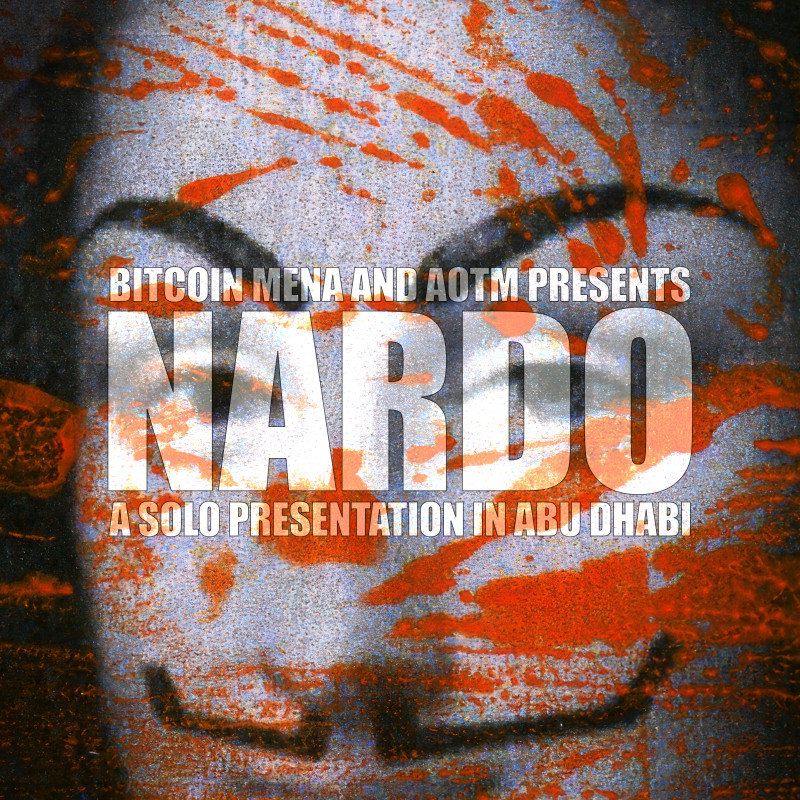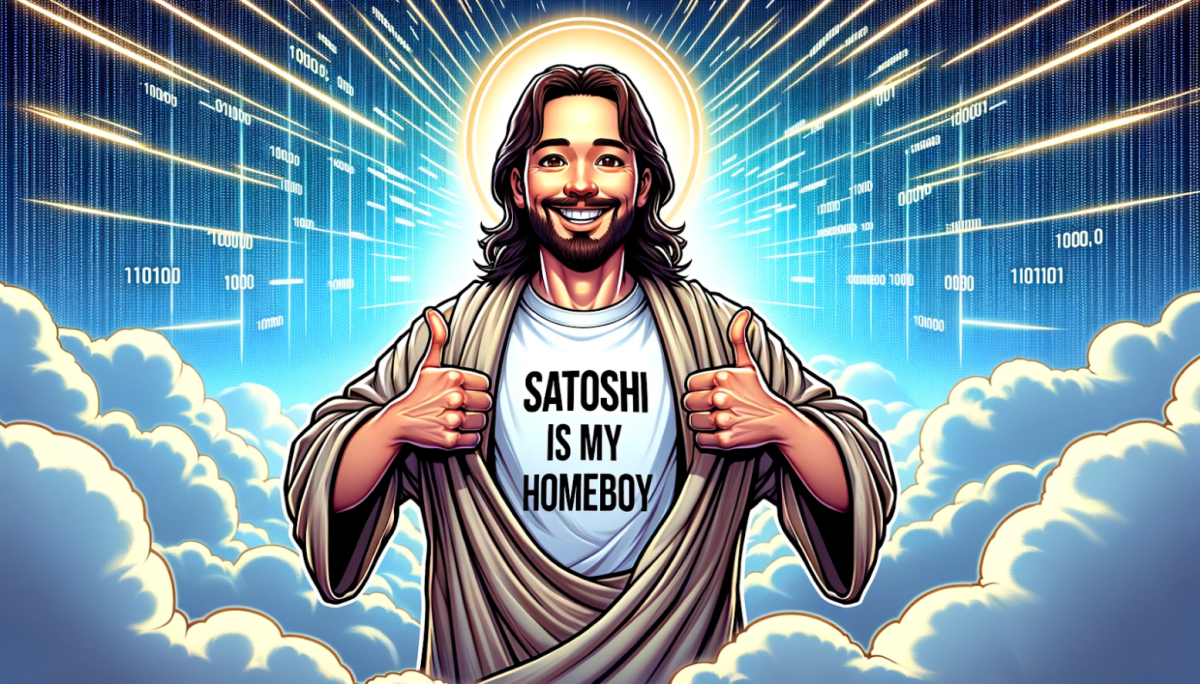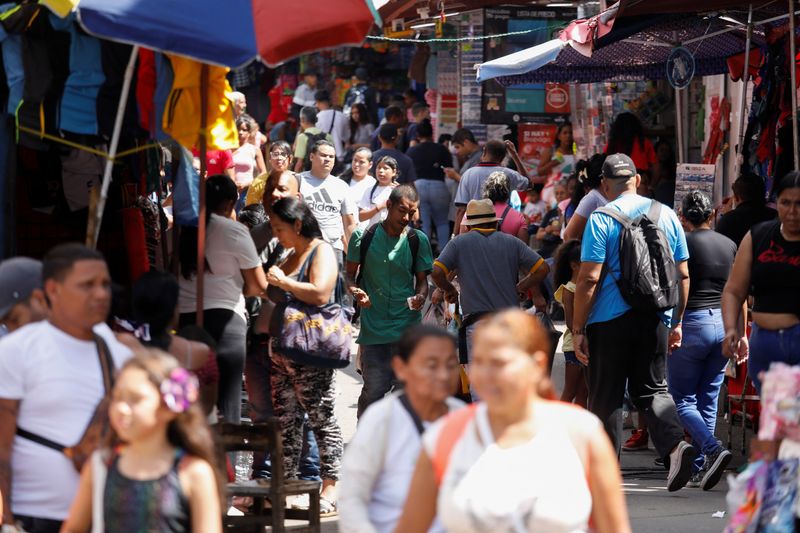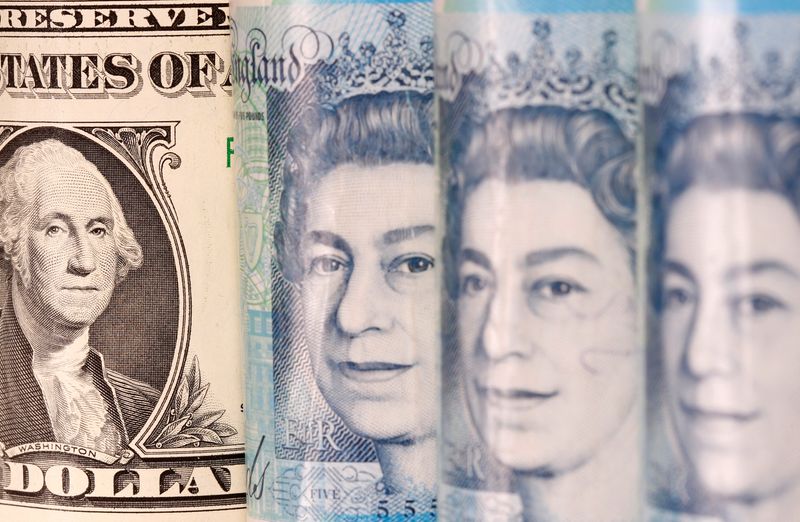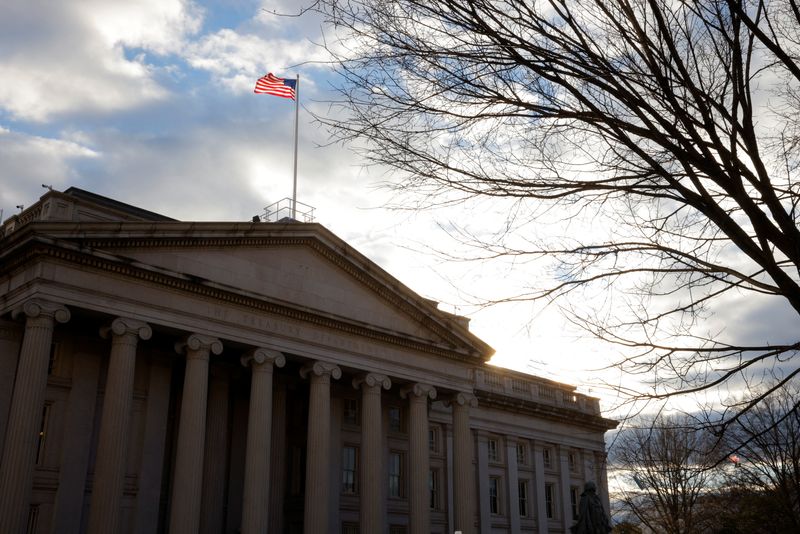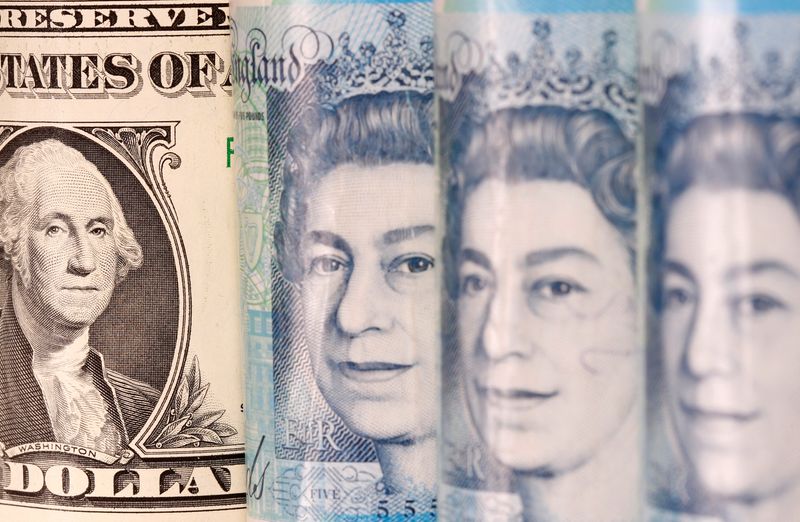Month: November 2024
Dollar strengthens against yen on Bank of Japan’s hike uncertainty
Post Content
Buy Drugs, Get Bitcoin
Follow Frank on X.
A co-worker recently told me about NiHowdy, a platform that helps you save on prescription medication while earning bitcoin rewards in the process.
For context, I’m a fan of bitcoin rewards programs like Fold, which let you earn bitcoin for making everyday purchases (I can’t help but appreciate deals like this — I grew up with a coupon-clipping mom.) I also like that NiHowdy differentiates itself from other bitcoin rewards companies by offering a discount on a product.
While I’ve yet to use NiHowdy, it seems fairly simple to do so. You simply sign up through the company’s website, where you’ll obtain either a discount card or a QR code that can be scanned at selected pharmacies. You can also use the website to compare prices and find the cheapest locations to purchase prescription medication (the company is also working on a mail-order service).
When you pay for your prescription, you’ll earn 3% back in bitcoin, which automatically gets deposited into your Coinbase account. (While I’d prefer NiHowdy had partnered with a different exchange, as I don’t like how Coinbase partners with government agencies to surveil transactions, this isn’t a deal breaker for me.)
NiHowdy sees itself as fighters of Big Pharma…
At Nihowdy, we’re not just a prescription savings platform. We’re warriors in the battle against big pharma, fighting for your right to reclaim the savings that are rightfully yours. #NiHowdy #PrescriptionSavings
Join us in reclaiming the savings that belongs to you. 💪💊 pic.twitter.com/rTP3MgUWLZ
— NiHowdy (@nihowdyrx) May 31, 2024
…which I’d say is a bit of a stretch, but it does seem to provide a good way to save money on potentially burdensome prescription drug costs while at the same time stacking sats.
The ultimate hack here would be if you could use your Fold debit card to pay for your prescriptions, earning some extra sats on top of the 3% back in sats you earn through NiHowdy.
If that’s possible, I might get so pumped that I’ll need to go and refill my sedative prescription.
This article is a Take. Opinions expressed are entirely the author’s and do not necessarily reflect those of BTC Inc or Bitcoin Magazine.
How To Paint a Sandwich: A Solo Presentation On Memes And Digital Culture By Nardo At Bitcoin MENA
In anticipation of a solo exhibition by artist Nardo at Bitcoin Mena, in collaboration with AOTM Gallery, I sat down with him to explore the intersections of memes, mythologies, and digital culture. Nardo’s work navigates the intriguing space between the tangible form of traditional painting and the fleeting nature of meme culture—two seemingly contrasting mediums that are evolving in tandem with Bitcoin.
The title of your exhibition, Fresh Impact, and the centerpiece painting, Sandwich Artist, both reference Subway-related memes. Notably, Subway became the first fast-food chain to accept bitcoin in 2013—a moment documented by Andrew Torba, who famously used bitcoin to buy a $5 sub in Allentown, Pennsylvania (an ironic detail, given that Torba is now CEO of the social network Gab). This early mix of Bitcoin and meme culture sparked humorous reflections on “spending generational wealth” on footlongs and highlighted themes of currency value over time, as the dollar’s purchasing power wanes while bitcoin’s grows. How does this Subway meme resonate with you, and how does it shape your approach to painting in an increasingly digital age?
I think there is something to be said about quick consumption in contemporary culture—whether it’s fast food footlong subs or internet memes. The attention span of human senses has diminished to bursts of repeated dopamine, where selecting your type of bread, meats, and toppings becomes the most exciting part of your afternoon. Then comes the tireless effort of finishing 12 inches of processed food matter. You repeat this over and over because it’s convenient, and maybe next time, you’ll excite yourself by swapping cheddar for provolone.
However, Subway has developed a systematic experience that feels eternal. Memes and internet behavior function in a similar way. The ephemeral consumption of entertaining or humorous memes acts as the dopamine hit—we share them with friends, they spread at rapid speeds, and then they often die off, leading us to move on to the next. Yet, the success of memes also lies in their systems: cultural iconography, bold fonts superimposed onto captivating imagery, hyper-sharpened visuals, deep-fried aesthetics, or low effort applications. Memes rely on visual and cultural layers—bread, meat, and toppings.
I think, as it relates to Bitcoin, we should really confront its experiential nature in the exact moment of exchange. To have purchased a footlong for $5 worth of Bitcoin in 2013, only to view it today in 2024 as ~$4,300, is both absurd and somewhat painful—but the experience is eternal. The very act of using digital internet money in exchange for physical, consumable goods feels almost alchemical.
Evolutionary biologist Richard Dawkins coined the term “memes” to describe units of cultural transmission, likening their spread to gene replication. Memes also resemble viruses in how they propagate through social networks, blurring the lines between genes and viruses as both can integrate into DNA and influence evolution. You and I have joked that memes—and memecoins—are akin to the fast food of digital culture, serving as cybernetic junk food or street drugs. Do you consider memes to be a low art form? Is the buildup of studio trash made famous by painter Francis Bacon or the outlandish waste and detritus of Dash Snow’s 2007 “hamster nest” installation somehow related? What are your thoughts on contemporary artists like Christine Wang, who replicates notable memes in her recent painting exhibition, “Cryptofire Degen,” at The Hole in New York? What happens when a digital meme becomes a physical painting?
This all ties back to what I discussed earlier—I am interested in slowing down the process of consumption. To meticulously hand-paint a meme in oil and present it as such can be a little jarring. Similarly, considering trash as form or content, rather than something to be discarded, fascinates me.
After the user has consumed their lunch and doom-scrolled through countless memes on Twitter, what remains as the detritus of all that? The whole experience can feel like nullifying brain rot—a diminishing of structure and existence within passive chaos. Perhaps, though, that is the liminal mindset necessary to birth the most viral ideas.
My introduction to cybernetics came from Japanese animation series like Ghost in the Shell (1995-2014), which explore cyberpunk themes such as internet-connected minds, hackers, and cyber viruses, echoing Dawkins’ ideas about memes and cultural transmission. The series highlights concepts like “ghost-hacking” and “thought viruses,” which replicate across networks and influence societal behavior, aligning with Dawkins’ notion of self-replicating cultural units. Given your recent exploration of the “skibidi toilet” meme phenomenon, what insights have you gained about how this meme has propagated across social networks and shaped the collective consciousness of younger audiences?
The Ghost in the Shell connection isn’t far removed from the world as we know it now. Much like the premise of that “fiction,” our fleshy brains are nestled within a cybernetic façade of digital personas and communications. We practically live vicariously through a digitized shadow-self—a projection of what we think we could become. This aligns with why I often say, “You become what you meme.”
I am deeply intrigued by the phenomenon of American youth becoming obsessed with new memes that older generations are unable to compute, such as Skibidi Toilet. I think it is in this fracturing of sensibility that new languages are born, while old mythologies are repackaged in contemporary ways. Skibidi Toilet is the Iliad of the Internet.
Beyond Ghost in the Shell’s exploration of cybernetics, the seminal anime series Neon Genesis Evangelion intersects with the Age of Aquarius concept through its themes of interconnectedness and collective consciousness. The series delves into the merging of individual identities, echoing how “hive mind” behaviors in contemporary internet culture reflect the rapid influence of shared information and memes. In your artwork Sandwich Artist, you highlight the tension between individual artistry and the pressures of representing a faceless brand. How have you observed this shift over time, and how can artists engage with collective ideas while preserving their individuality in today’s digital culture?
The Sandwich Artist piece utilizes a well-known meme template, yet through various digital alterations—specifically the literal scribbling out of pre-existing text—it takes on the feel of graffiti and eventually becomes my own. I like this piece for how it represents an individual manifesto of my work and reflects how I think about my artistry as a whole. Sure, consistent branding and aesthetics are great for sales if done right, but I’m more interested in how my work exists within a long enough historical timeline. The hive mind desires a brand to rally behind, yet history yearns for individual artistry.
We’ve discussed the term “subway” in relation to submarine sandwiches, but it also evokes the idea of underground transportation. Japan famously studied mycelial growth patterns to optimize its subway and train systems. Similar to fungi, memes propagate and connect individuals in a vast, decentralized network, evolving as they move from one “host” to another. This fungal comparision highlights how memes adapt and spread dynamically, mirroring natural systems of growth and communication. How do you think artists can consciously navigate this memetic landscape of propagation, host vessels, and network dynamics?
The lifespan of most internet memes moves so rapidly that it’s difficult to grasp them before they vanish into a shallow grave. Among the few that manage to take hold of the collective consciousness, I find it fascinating to analyze how they connect to humanity’s past on a metaphysical level. Trends and symbols have remained consistent throughout human history; they simply resurface in different forms as time passes.
Efficient memes rely on efficient systems for delivering information. As artists, we should remain conscious of history and metaphysical symbolism, as this awareness can help us uncover our own primordial self through the mirror of memes.
Would Jesus Be Bitcoin’s Biggest Fan? A Holy Take
Follow Mark on X.
Did you know the Bible is practically a financial thriller? Yep, it’s got more money talk than a Wall Street boardroom—over 2,300 verses on cold, hard cash. That’s right, the Good Book might as well have been the Good Ledger, with more mentions of money than heaven and hell put together. So, in the spirit of financial enlightenment and a dash of divine humor, let’s ponder a celestial question: Would Jesus have been a Bitcoin enthusiast?
In the cosmic comedy of finance, Bitcoin burst onto the scene like a rebellious angel, vowing to overthrow the old guard of dusty banks and sneezy central bankers. With its blockchain chariot and peer-to-peer prowess, Bitcoin promised a financial utopia: freedom from restrictive permissions, the tyranny of borders, and the inflationary antics of print-happy central banks. But as this digital David takes on the Goliath of traditional finance, one can’t help but wonder: Would Jesus be sporting a “Satoshi Nakamoto” T-shirt?
Jesus had a lot to say about wealth, and not all of it was about giving it all away. He was into fairness, helping the needy, and not letting your left hand know what your right hand’s up to—basically, the first-century version of anonymous transactions. Enter Bitcoin. With its knack for bypassing the money changers of today (looking at you, central banks), could Bitcoin be the modern answer to ancient prayers?
But let’s not convert all our loaves and fishes into Bitcoins just yet. Jesus also warned about the love of money being a root of all kinds of evil. And with Bitcoin’s rollercoaster value, it’s more bipolar than a Galilean storm. Would JC be cool with something that turns investors into overnight millionaires or leaves them crying into their keyboards? Divine verdict: probably not.
Jesus was all about helping the little guy, and Bitcoin’s decentralized gospel sings a similar tune. It’s a financial lifeline for the unbanked masses, promising escape from the clutches of overbearing governments and hyperinflation hellfires. But here’s the heavenly hiccup: Bitcoin’s not exactly the Robin Hood of crypto. Its kingdom is a tad unequal, with a few digital disciples holding the lion’s share of the coins.
In the beginning, Satoshi Nakamoto created Bitcoin. And it was good. Fast forward a few millennia (in internet years), and Bitcoin’s disciples are spreading the good news far and wide. Like Jesus’ OG crew, they’re on a mission to liberate the financial faithful from the Romans—err, central banks—of our time. But instead of crosses, they bear the mark of the Bitcoin, preaching the blockchain gospel of hope and financial freedom.
Despite being crucified by critics more times than we can count, Bitcoin keeps rising from the dead. Its resilience mirrors the biblical tales of underdogs and persecuted heroes, proving that sometimes, faith (and a good encryption algorithm) can move mountains—or at least market caps.
Picture this: Jesus mulling over the Bitcoin craze. It’s not just water into wine; it’s transforming the financial system. Would He be a fan? You bet! Jesus, with His knack for shaking up the status quo, might just see Bitcoin as the loaves and fishes of the digital age—multiplying financial access for the masses and sticking it to those temple-money-changer types, a.k.a., the centralized banks of today.
Imagine Jesus in today’s digital marketplace. He’d likely be intrigued by Bitcoin’s potential to empower the least among us. After all, here’s a technology that transcends borders, cuts out the financial middlemen, and offers a beacon of hope to those sidelined by traditional banking systems. Bitcoin’s blueprint for a more inclusive economy might just get a celestial thumbs up.
But would He dive headfirst into the speculative whirlpool? Probably not. However, He might champion the underlying principles—freedom, equity, and the chance for everyone to participate in the global economy. Jesus, the carpenter, was all about building things up, not tearing them down. In that light, Bitcoin could be seen as a tool, not just for wealth creation, but for forging stronger communities through shared economic opportunity.
As we tread the ethereal pathways of cryptography and conscience, let’s ponder a Jesus-inspired approach: balancing our digital dollars with acts of kindness, generosity, and a commitment to uplifting others. The ledger of life isn’t just about accruing Bitcoin; it’s about the wealth of our actions and the currency of our character.
So, while diversifying your earthly portfolio, remember the most precious investment of all: love and goodwill. After all, in the grand scheme of the universe, those are the assets that yield the highest return. And who knows? In the grand, interconnected network of humanity, we’re all part of a greater blockchain, each of us a link in a chain of acts of kindness, stretching out into eternity. Now that’s an investment strategy even Jesus might endorse.
This article is a Take. Opinions expressed are entirely the author’s and do not necessarily reflect those of BTC Inc or Bitcoin Magazine.
Venezuela depreciation risks reversing years of inflation gains
Post Content
Sterling finds footing after hitting six-month low on Trump victory
Post Content
Sterling has more upside – Bank of America
Post Content
Dollar slips off recent highs; Fed officials due to speak
Post Content
US Treasury finds no currency manipulation by major trading partners
Post Content
Sterling heads for worst weekly performance since January
Post Content
